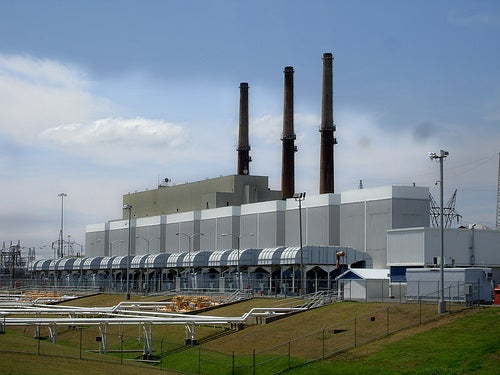 New York’s “Reforming the Energy Vision” (REV) proceeding aims to reform the state’s long-standing electricity system to lay the groundwork for a cleaner and more efficient grid that allows for more customer choice and competition from third-party energy services companies. Forming the centerpiece of this 21st-century vision is a platform that would smoothly integrate innovative energy services and solutions into the existing grid, allowing them to compete on equal footing with electricity from centralized power plants.
New York’s “Reforming the Energy Vision” (REV) proceeding aims to reform the state’s long-standing electricity system to lay the groundwork for a cleaner and more efficient grid that allows for more customer choice and competition from third-party energy services companies. Forming the centerpiece of this 21st-century vision is a platform that would smoothly integrate innovative energy services and solutions into the existing grid, allowing them to compete on equal footing with electricity from centralized power plants.
Currently, the electric industry comprises three functions: generation, transmission, and distribution. Generation refers to making electricity, traditionally from large, centralized power plants. Transmission refers to sending that electricity along high-voltage wires to substations closer to electricity customers. Distribution refers to delivering the power from the substations to homes and businesses. In its recent straw proposal, the Department of Public Service Staff (Staff) recommends splitting the distribution function into two parts, one performing the traditional delivery service and the other serving as the Distribution System Platform Provider (DSP), to grant equal priority to energy solutions that are not centralized, such as on-site, distributed generation and energy efficiency. Read More














